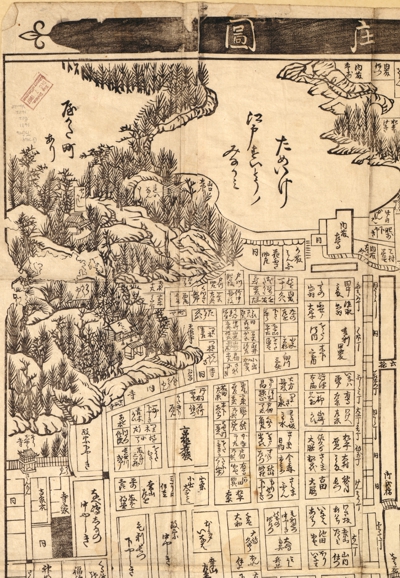Origin of Feudal Japan Steampunk
Thoughts on the creative process

When I was first inspired to create a new kind of board game, I was thinking of the general category of “adventure board game.” In current terms, that means something like Talisman or Mage Knight. Standard AD&D setting: Wizards, Fighters, Thieves, and a generally Medieval Europe backdrop, but otherwise a slew of concepts borrowed from the Lord of the Rings.
My original inspiration for a computerized RPG came from a really old Avalon Hill game called Magic Realm, in the exact same generic setting, with elves, dwarves, orcs, and the rest. But when I was talking about my game idea to a friend, after hearing his revulsion at the idea of Yet Another Generic AD&D Game, it occurred to me that it didn’t have to be this way. After some brainstorming with my wife, we were really taken with a feudal Japan setting.
At the same time, we wanted more technology than swords and bows. Something I’ve observed about RPG games, and even many fantasy adventures in general, is that a lot of the tension and excitement comes from the exponential growth of a character in a relatively short period of time. It’s not nearly as exciting to follow the development of a character who takes years1 to master his craft, only to be 2-5x better than a skilled novice. If the character can “level up” and improve their skills or abilities by a factor of two multiple times over the course of an adventure, it triggers the “achievement” reward center in the player’s brain more frequently.
Modern adventure games tend to give you this exponential growth via the toys that you find: Better weapons, better armor, better vehicles. But fantasy adventures rely instead on magic: Spells, better magic weapons, better magic armor, better magic anything. In real life, getting a better sword that costs 100x as much might give you a 50% advantage in a fight. A magic sword could give you a 1000% or more advantage.2

I see exponential growth as an important part of an RPG, but at the same time we wanted avoid overused fantasy tropes. So what if we stole the idea of using technology to give you the exponential growth? As Arthur C. Clarke put its, “Any sufficiently advanced technology is indistinguishable from magic.” This brought to mind Steampunk, where many inventions are not only anachronistic, but pretty much magical.
In general the Steampunk genre is based in a historical period (typically Victorian England or something that feels like it), but re-imagined with pseudo-modern technologies, many of which are based on steam. Our fiction, Steel Dragons, takes that a step further, into a post-apocalyptic setting, long after the fall of a “technology indistinguishable from magic” society. Some of the more advanced technological legacies, like the fluid smart steel reminiscent of the Terminator 2 antagonist, are used side by side with primitive guns and bows.
And miniature steam-powered zeppelin delivery drones. Because we like drones and zeppelins.
- And 10,000 hours. A realistic story about how weapons training really feels would likely put you to sleep. [return]
- The +10 Overpowered Flaming Sword of Critical Hits, Ignoring Armor, and Life Stealing would beat any non-magical sword in a duel, no matter the lack of skill of the wielder. In a real-life duel between an expert with a crap sword (or heck, a sturdy stick) and a novice with the best sword in the world, my money is on the expert. [return]

Share this post
Twitter
Google+
Facebook
Reddit
LinkedIn
StumbleUpon
Email